Serbia is a country in the south east corner of Europe.
Serbia is surrounded by 8 other countries. Only Germany, in Europe, has more land borders. Serbia has
no coastline.
The land is varied. In the north there are flat plains while in the east there are low limestone hills. In the south east there are higher mountains.
The geographical coordinates for the centre of Serbia, also known as lines of latitude and longitude, are:-
Latitude - 44 00N
Longitude - 21 00E
The capital of Serbia is Belgrade.
Serbia is a parliamentary republic with a president as head of state and a prime minister as head of the government.
In elections everyone over the age of 18 can vote. People over 16 can vote if they are employed.
The currency in Serbia is the Serbian dinar. Serbia is not a member of the European Union, but has been given candidate status. Negotiatians are going on now. One problem is that Serbia does not
recognise Kosovo which does have links with the EU.
Serbian is the official language.
Check the weather in Belgrade now.
This is the time in Belgrade now








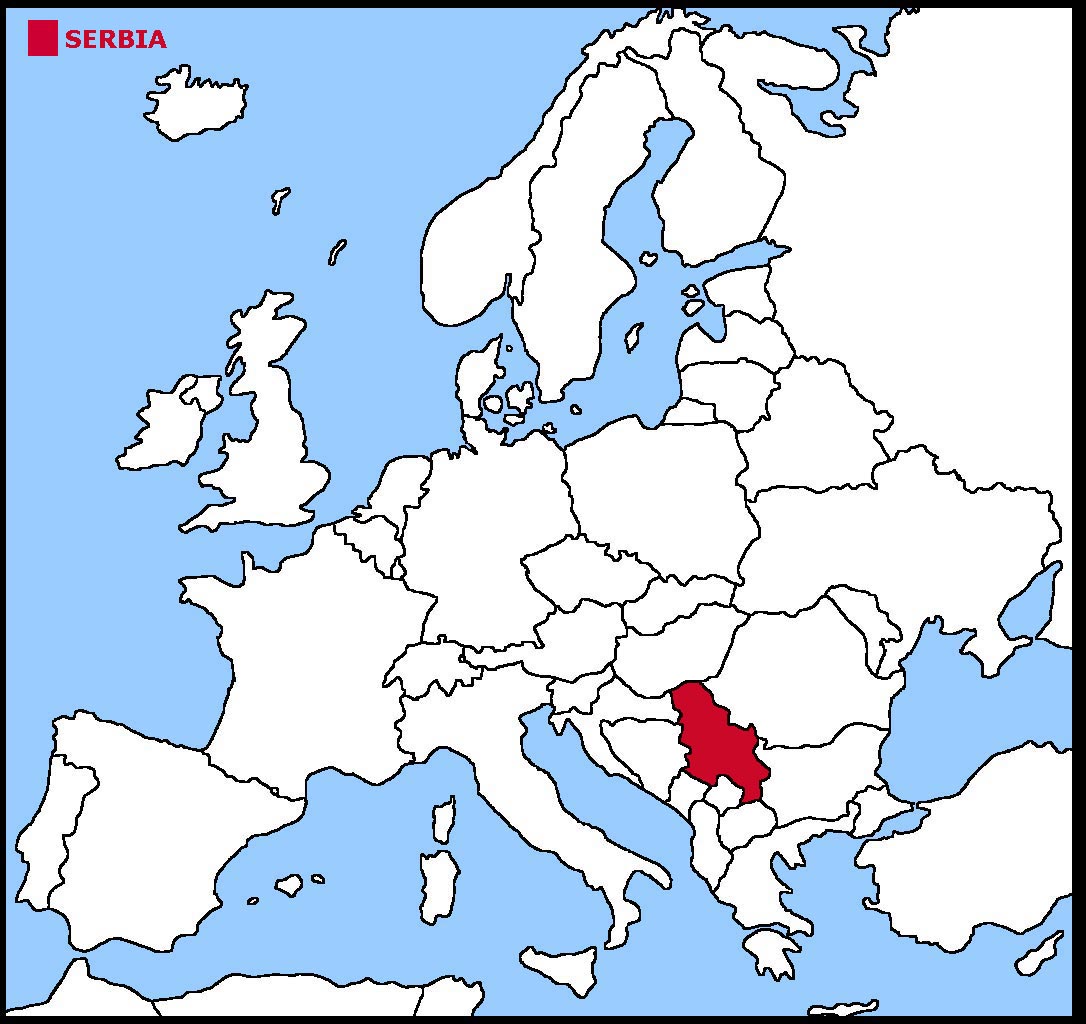

 The Serbian flag is 3 equal horizontal stripes of red, blue and white with the coast of arms of Serbia, slightly to the left hand, flag pole, side.
The main part of the shield displays a white two-headed eagle. A smaller shield on the eagle is divided into four quarters by a white cross.
A royal crown is on the top.
The Serbian flag is 3 equal horizontal stripes of red, blue and white with the coast of arms of Serbia, slightly to the left hand, flag pole, side.
The main part of the shield displays a white two-headed eagle. A smaller shield on the eagle is divided into four quarters by a white cross.
A royal crown is on the top.


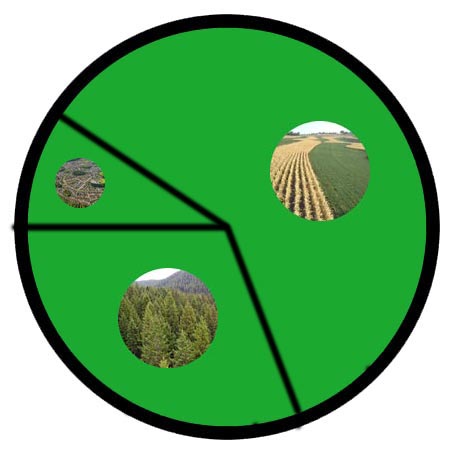

 Each little Owlbut is 1 person and
the big yellow rectangle is 1 sq km. After a while you can compare countries and see which ones are the most crowded. Remember it is only an average as
more people live closer together in towns and cities than in villages out in the country.
Each little Owlbut is 1 person and
the big yellow rectangle is 1 sq km. After a while you can compare countries and see which ones are the most crowded. Remember it is only an average as
more people live closer together in towns and cities than in villages out in the country.
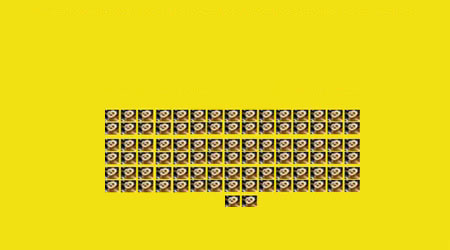

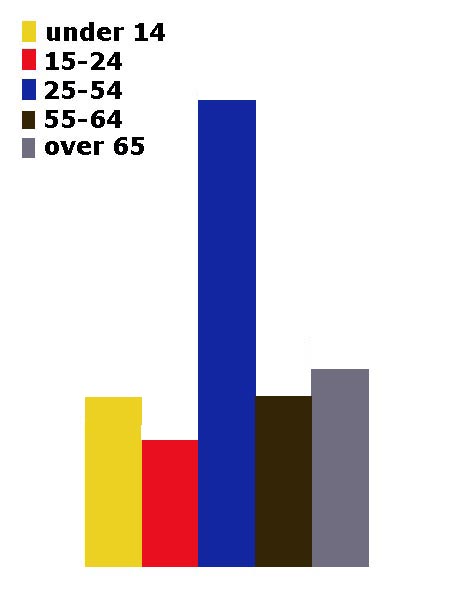
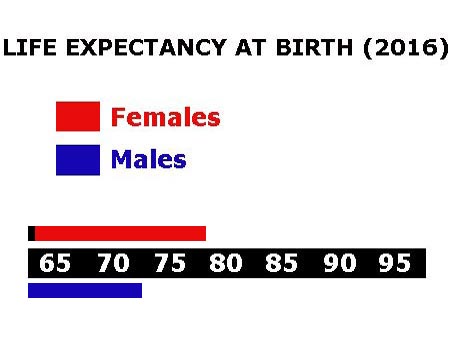

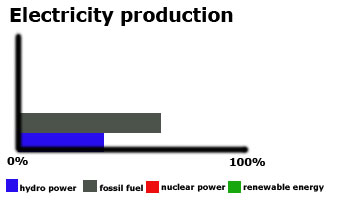

 They work in the following sectors.
They work in the following sectors.



